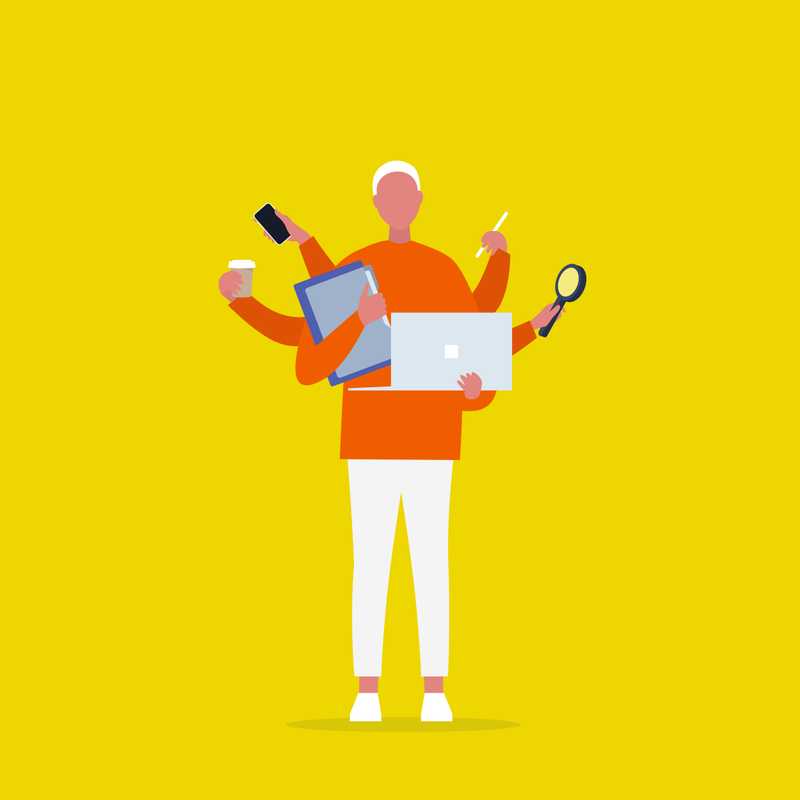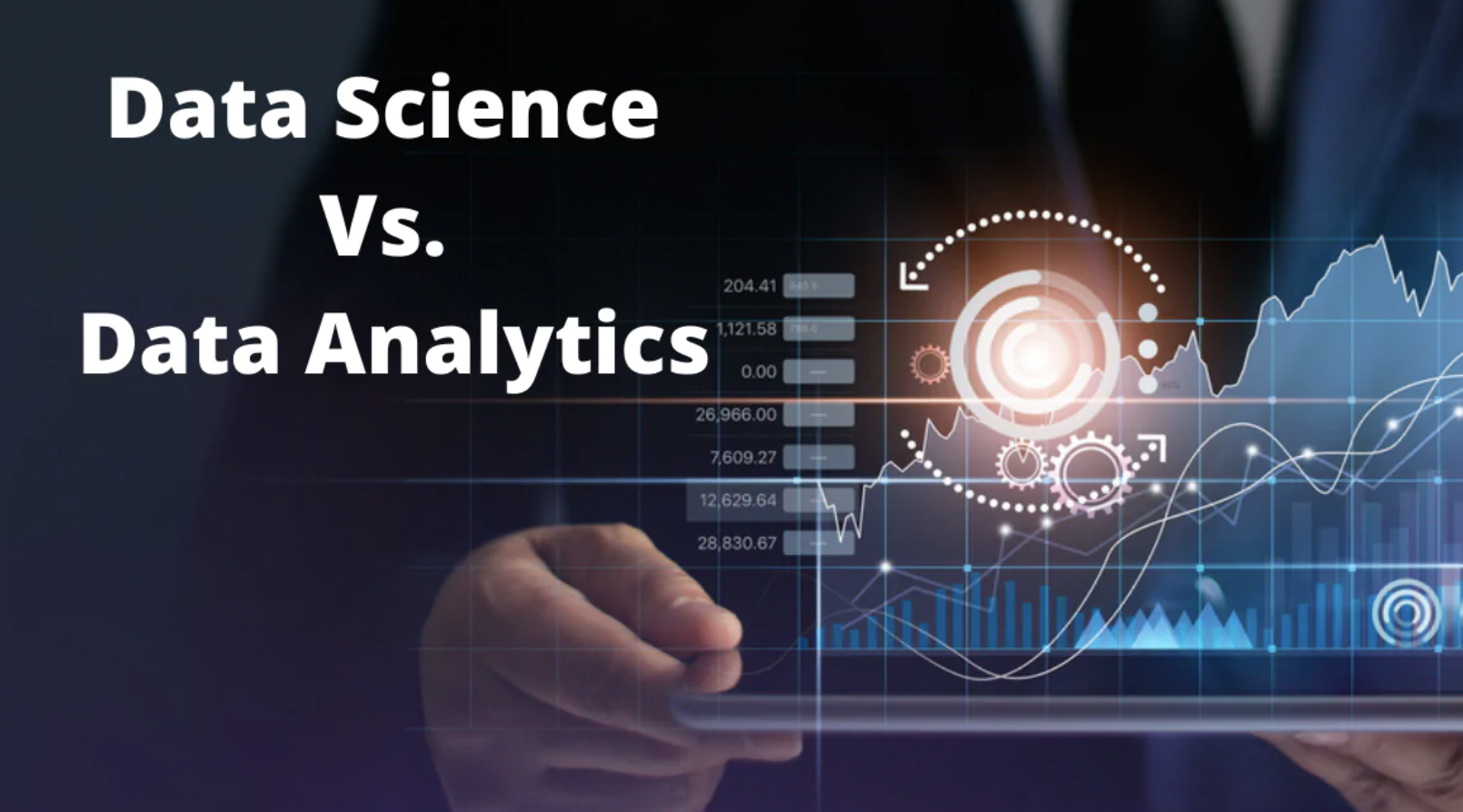Over the past decade, rapid advancements have made it possible for AI systems to do things we once only dreamed about. However, much of the hype around AI and machine learning tends to focus on its potential for business, productivity, and profits. Perhaps there should be more spotlight on how we can use AI for good.
AI has the power to tackle many of the biggest problems on the planet and could make a huge impact on sustainability, our environment, and even humanity itself. As you’ll see from the real-life examples in this post, robots, and humans are already showing they can be an incredible team.
7 Examples of the World Using AI for Good
You may wonder how AI and sustainability fit together, or how machine learning can help the environment.
The immense potential of these technologies is still being discovered. For anybody who wants to start a career in AI, machine learning, or data science, you may be pleasantly surprised to learn you can do a lot more than analyze consumer behaviors and company profit margins.
Here are seven examples of how our world is using AI for good today.
Water Management

(Source)
As a large region with hot, dry summers, Southern California needs to take water use seriously. Recent years have brought long droughts, which can cause havoc for residents.
When the Moulton Niguel Water District (MNWD) was expecting the worst drought in 500 years, the district turned to DataKind, an organization that focuses on using “data science in the service of humanity.”
DataKind collected flow data from the microzone level, as well as data on water usage, weather, and the population, to develop a forecasting model. This data infrastructure allowed MNWD to accurately predict water demand, which helped save the district around $5 million that would otherwise have been invested in capital storage and importing potable water.
In the graph above, the blue line indicates the forecasted water demand, and it is surrounded by a confidence band. Whenever a drought strikes, the demand line may reach the red line. Once it gets close, the AI system will trigger a warning to an MNWD analyst. At that point, the MNWD can communicate with their largest water consumers and take precautions to control water use in the area.
Global Warming

(Source)
Bill Gates has been a champion of environmental action for many years, so it comes as little surprise to see Microsoft is investing heavily in using AI for social good and sustainability. The company that Gates founded has spent over $50 million on its AI for Earth program, which creates and tests innovative AI applications.
Climate change is an ongoing challenge, especially when natural disasters ravage our jungles and forests, “the lungs of our planet.”
Whenever the distribution of different tree species is impacted, vegetation decomposition rates change and more CO2 enters our atmosphere. Over time, trees will grow back smaller and more storms will exacerbate the cycle, resulting in a CO2-heavy environment. This speeds up global warming.
In the wake of Hurricane Maria, the AI for Earth program awarded a grant to Maria Uriarte, an ecology professor from Columbia University. Uriarte’s team included a statistics professor, and together with their Microsoft grant, they set out to Puerto Rico to study the impact of the hurricane on the El Yunque National Forest.
By using AI and data science, they can analyze how trees have been disrupted in the forest. Without AI, such a study wouldn’t be possible. If we can develop a better understanding of how our forests change in the wake of hurricanes, we can look for measures to combat climate change.
Renewable Energy

(Source)
It’s been said that “data is the new oil.” It’s just as well, because we’re burning through our oil pretty fast, and may not have any left in about 50 years. So, how can AI and sustainability come together to help us develop our renewable energy sources?
As a carbon-free form of electricity, wind power is on the rise. It’s getting cheaper, and it is gradually being embraced. The one sticking point, however, is the unpredictable nature of the wind. Without a wind source, it’s hard to run a turbine consistently at the level a city would demand.
Google has sought to find the answer to this problem by teaming up with DeepMind. Together, they conducted testing of machine learning algorithms on 700 megawatts of wind power capacity, and afterward, Google claimed the technology added 20% to the value of the wind power.
This significant gain has been made possible by a neural network that comprises turbine data and weather forecasts. The DeepMind AI system can use this data to accurately predict the output up to 36 hours before the wind power needs to be generated. This system can help the world optimize its electricity use on large power grids, effectively conserving energy in the long run.
Earthquakes

(Source)
If you’ve ever experienced an earthquake, you’ll know how frightening it can be. Typically, we only feel quakes that reach 2.5 on the Richter scale, but thousands happen every day without us knowing.
In the past decade, major quakes in Haiti, Japan, and New Zealand totaled entire cities and claimed thousands of human lives. Without adequate methods of predicting events or preparing for major earthquakes or aftershocks, there was no time for people to get to safety.
Now, as artificial intelligence and big data have become more sophisticated, we have both the technology and the necessary data scientists to study earthquakes at a deeper level.
Thibaut Perol is a deep learning scientist who is leading an AI project called ConvNetQuake. This system utilizes a machine learning algorithm that analyzes seismograms to determine whether the seismic activity is an earthquake or simply low-level noise.
Testing in Oklahoma was a success, with 17 times as many earthquakes detected compared to traditional measures. This makes ConvNetQuake the first neural network in the world that can detect earthquakes, even low-level ones that traditional practices fail to pick up.
With greater investment and development, it may be feasible that the world will have a reliable AI system that can warn us ahead of major quakes, which could save thousands of lives.
Poaching and Illegal Fishing

(Source)
Some of the world’s animals are on the verge of extinction because of poaching, with around 100 elephants killed every day for ivory, meat, and body parts. Rhinos and tigers are also under severe threat, as poachers relentlessly hunt these endangered species for their horns or fur.
Conservation agencies face a huge challenge in patrolling large natural reserves. Equipped with limited resources, their personnel are fighting a losing battle. However, help may be on the horizon.
Protection Assistant for Wildlife Security, better known as PAWS, is an AI-led system that evaluates information about previous patrols and poaching activity, then generates logical patrol routes for conservation agencies to scout. Once the patrol units complete the route, they can feed more data back into PAWS, such as:
- Locations of snares and traps
- Sightings of vulnerable animals
- Areas where animal remains were found
- Signs of poaching activity, like damaged fences or bullet casings
Like any good machine learning system, PAWS will get “smarter” as it collects more data, and soon enough, it will understand the behavior models of poachers in the area. Through predictive analytics, patrol units will be able to identify possible areas where poachers will strike next.
Initial testing in Africa has shown early promise in locating humans and animals, with PAWS outperforming all patrol units that had no AI assistance.
AI has also been used to protect endangered species in our oceans, as the Global Fishing Watch program pairs machine learning and data insights to identify illegal fishing activity. Indonesia has taken a strong stance on this, with their social justice warriors using data science findings from Global Fishing Watch to sink over 350 boats that belonged to guilty parties.
Agriculture

(Source)
With global warming, climate change, and water pollution on the rise, we could be dealing with a harsh future. Food shortages are not something we want to add to the list. Thankfully, one startup is already working hard on using AI for good in this regard.
Imago AI is an India-based ag-tech startup that aims to use AI to increase crop yields and reduce food waste. It’s their hope that this technology can help feed the world’s growing population by optimizing agricultural methods.
The company combines machine learning and computer vision to automate tedious tasks like measuring crop quality and weighing yields. This won’t just speed up the process, but it will also help farmers to identify plants that have diseases.
TechCrunch reports that 40% of the world’s crops are lost to disease, so the work from Imago AI could be a major breakthrough for agriculture, especially in poorer countries.
Healthcare

(Source)
Would you trust a robot to pull out your teeth? The idea of a robot dentist certainly seems like something from a movie, but the notion is not as far-fetched these days.
In addition to enhancing drug production and improving allergy and disease detection, the healthcare sector is diving head-first into the future with robot surgeons. For years, medical teams have been using robotic equipment for minor procedures, but now they are handing complete control over to artificial intelligence.
The market leader is Intuitive Surgical, an American company that is well known for its da Vinci robot-assisted surgery system. In 2018, over 5,000 surgical robots like these were employed around the world, completing over one million surgical procedures including neurology, gynecology, orthopedics, urology, dental work, and hair transplants. Evidence suggests that these robot doctors can stitch wounds with greater accuracy than any human, and even remove tumors with more care, causing less damage to surrounding tissue.
That evidence has not gone unnoticed. Accenture estimates that investment in this area will surge toward $6.6 billion by 2021.
It may be another few years before your local GP is a robot, but the uses of AI in healthcare look to already be changing our world for the better.
Get To Know Other Data Science Students
Garrick Chu
Contract Data Engineer at Meta
Esme Gaisford
Senior Quantitative Data Analyst at Pandora
Brandon Beidel
Senior Data Scientist at Red Ventures
Humans Must Embrace AI for Social Good
We live in a time when technology presents people with opportunities, and also with great fears. Many people worry that they may lose their job to a machine.
It’s true that the rise of AI will usurp some jobs currently done by people. However, where one door closes, another will open. People will still be needed in the age of AI, as data and machine learning-led systems will need to be monitored and assisted to reach their full potential.
Stanford University recently announced the launch of the Stanford Institute for Human-Centered Artificial Intelligence (HAI). By partnering with leading engineers, data scientists, and government organizations, the institute aims to use AI for good to create a better future for all humanity.
Long-term, when we use AI for social good, we will be able to improve sustainable practices, harness the power of renewable energy and ag-tech, and ultimately, discover ways of protecting our planet, people, and animals.
Since you’re here…
Curious about a career in data science? Experiment with our free data science learning path, or join our Data Science Bootcamp, where you’ll get your tuition back if you don’t land a job after graduating. We’re confident because our courses work – check out our student success stories to get inspired.






